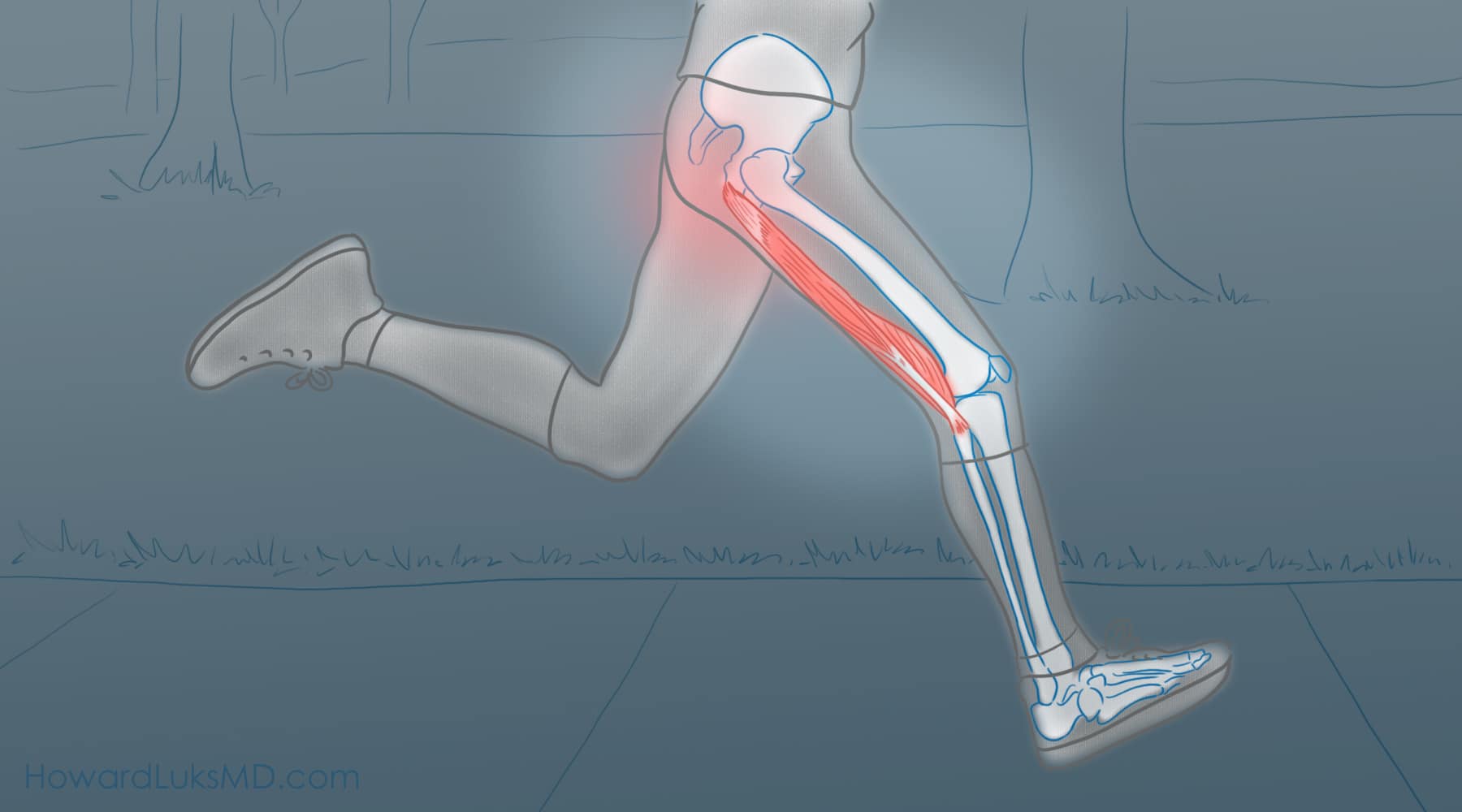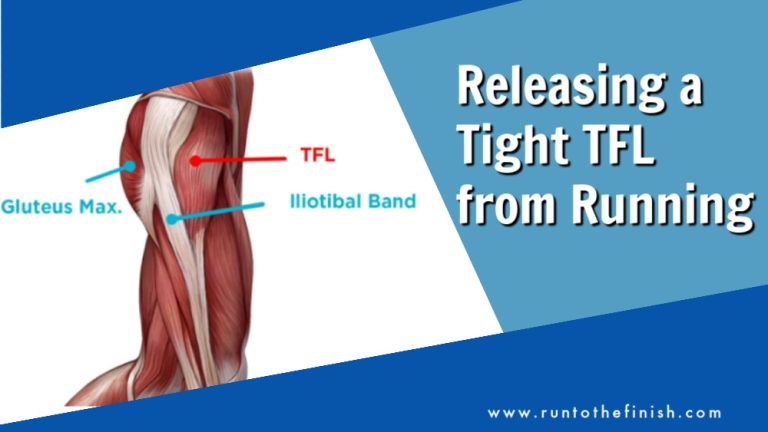Running Hamstring Pain
Hamstring pain while running can be caused by strains or overuse injuries. Proper warm-up and stretching can help prevent this discomfort.
Running is a great way to stay fit and healthy, but it can also be a source of frustration if you experience hamstring pain while on the move. This common issue can be caused by a variety of factors, such as tight muscles, poor running form, or overtraining.
We will explore the causes of running hamstring pain and provide tips on how to prevent and manage this discomfort. By understanding the root of the problem and taking proactive measures, you can continue enjoying your runs without the hindrance of hamstring pain. Let’s delve deeper into this topic to help you run pain-free.
Common Causes Of Hamstring Pain While Running
Running is a demanding physical activity, and it’s common to experience hamstring pain while engaging in this sport. Understanding the potential causes of this discomfort can help runners address the issue proactively and prevent future injury. Let’s explore the most common causes of hamstring pain while running.
Muscle Imbalances
Muscle imbalances are a prevalent cause of hamstring pain while running. When the quadriceps are significantly stronger than the hamstrings, it can create an imbalance in the leg muscles. This imbalance puts excess stress on the hamstrings, leading to discomfort during and after running.
Overuse And Injury
Overuse and injury are significant factors in hamstring pain while running. Continuous strain on the hamstrings without adequate rest can lead to overuse injuries, such as strains or tears. Additionally, sudden movements or overexertion during running can cause acute hamstring injuries, resulting in pain and limited mobility.
Improper Running Form
Improper running form can contribute to hamstring pain. Inadequate stride length, excessive forward lean, or overstriding can place unnecessary stress on the hamstrings, leading to discomfort and potential injury. It’s essential for runners to maintain proper form to reduce the risk of hamstring pain.

Credit: www.precisionpt.org
Symptoms And Diagnosis Of Hamstring Pain
When experiencing hamstring pain, understanding the symptoms and getting a proper diagnosis are crucial for effective management and recovery.
Pain And Discomfort
Sharp, throbbing pain in the back of the thigh is a common symptom of hamstring injury. Discomfort while walking or running may also be experienced.
Limited Range Of Motion
Individuals with hamstring pain may notice a reduced ability to fully extend the leg or bend at the knee without pain. This limitation can impact daily activities.
Medical Evaluation
A thorough physical examination by a healthcare professional is essential to diagnose hamstring pain accurately. Imaging tests like MRI can confirm the extent of the injury.
Preventing Hamstring Pain
Proper Warm-up And Stretching
Start your running routine with gentle warm-up exercises to prepare your muscles.
- Include dynamic stretches like leg swings and high knees.
- Static stretching after your run can help improve flexibility.
Gradual Progression In Training
Increase your running distance and intensity gradually to prevent strain on your hamstrings.
- Follow a structured training plan that gradually increases the workload.
- Listen to your body and allow for proper rest between runs.
Strength Training And Conditioning
Incorporate strength training exercises to build strong hamstrings and overall leg muscles.
| Exercise | Benefits |
|---|---|
| Deadlifts | Strengthens hamstrings, glutes, and lower back. |
| Lunges | Improves leg strength and stability. |
| Leg curls | Targets hamstrings directly. |
Treatment Options For Hamstring Pain
When it comes to addressing hamstring pain, there are several treatment options available to help manage and alleviate the discomfort. It’s essential to seek proper care and treatment to promote healing and prevent further injury.
Rest And Recovery
Rest is critical in the initial stages of hamstring injury. Avoid activities that may aggravate the pain and allow the muscle to heal. Gentle stretching and light walking can help maintain flexibility without putting strain on the injured area.
Physical Therapy And Rehabilitation
Physical therapy plays a crucial role in hamstring injury recovery. A qualified therapist can create a tailored exercise program to strengthen and flexibility the hamstring muscles. This helps prevent future injuries and promotes proper healing.
Pain Management Techniques
Pain management may involve the use of ice packs, compression, and elevation (ICE method) to reduce swelling and discomfort. In some cases, over-the-counter or prescription medications may be prescribed to help manage pain and inflammation.
Tips For Returning To Running After Hamstring Injury
If you’ve recently experienced a hamstring injury and are eager to get back to your running routine, it’s important to approach the process with caution. Returning to running too quickly or without the proper precautions can lead to reinjury or further damage. Follow these expert tips to safely resume running after a hamstring injury:
Start Slow And Listen To Your Body
Easing back into running is crucial when recovering from a hamstring injury. Starting slow allows your body to gradually adapt without placing excessive strain on the healing muscles. Pay close attention to any pain or discomfort during and after your runs – it’s your body’s way of telling you to take it easy. Here are a few ways to start slow and listen to your body:
- Begin with short, easy runs at a slow pace.
- Focus on proper form and technique to avoid putting unnecessary stress on the hamstring.
- Take regular walking breaks during your run to provide additional rest for the hamstring.
- Consider incorporating cross-training activities, such as swimming or cycling, to give your hamstring a break while still maintaining your fitness level.
Gradually Increase Intensity And Distance
Once you’ve mastered running short distances without any pain or discomfort, it’s time to gradually increase both the intensity and distance of your runs. Pushing yourself too hard, too quickly can jeopardize your recovery progress, so proceed with caution. Here’s how to gradually increase intensity and distance:
- Extend your running time by a few minutes each week, allowing your body to adapt to the increased workload.
- Incorporate intervals or hill workouts to gradually increase the intensity of your training sessions.
- Utilize a foam roller or schedule regular sessions with a sports massage therapist to help release any tightness or knots in the muscles surrounding your hamstring.
Seek Professional Guidance
When dealing with a hamstring injury, it’s important to seek professional guidance to ensure you’re on the right path to recovery. A sports medicine doctor or a physical therapist can provide valuable insights and personalized advice based on your specific injury and fitness level. Here’s why you should consider seeking professional guidance:
- A professional can assess your current condition and help design a tailored rehabilitation plan to safely get you back on track.
- They can provide expert guidance on exercises, stretches, and techniques that will accelerate your recovery and prevent future injuries.
- With their guidance, you can confidently progress through the stages of returning to running, knowing that you’re taking all the necessary precautions.

Credit: sparkhealthyrunner.com

Credit: www.howardluksmd.com
Frequently Asked Questions For Running Hamstring Pain
Why Does Running Cause Hamstring Pain?
Running can cause hamstring pain due to overuse, muscle imbalances, inadequate warm-up, or poor running technique.
How Can I Prevent Hamstring Pain While Running?
To prevent hamstring pain while running, it is important to incorporate proper warm-up exercises, stretch regularly, strengthen hamstring muscles, and avoid overexertion.
What Are The Treatment Options For Running-related Hamstring Pain?
Treatment options for running-related hamstring pain include rest, ice therapy, compression, elevation, anti-inflammatory medications, and physical therapy exercises for rehabilitation.
Conclusion
If you are experiencing hamstring pain while running, it’s crucial to address it early on. Regular stretching, strengthening exercises, and proper warm-up may help prevent future injuries. Remember to listen to your body and seek professional guidance if needed. Don’t ignore the signs and take care of your hamstrings to continue running pain-free.






